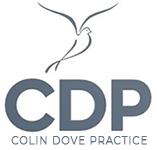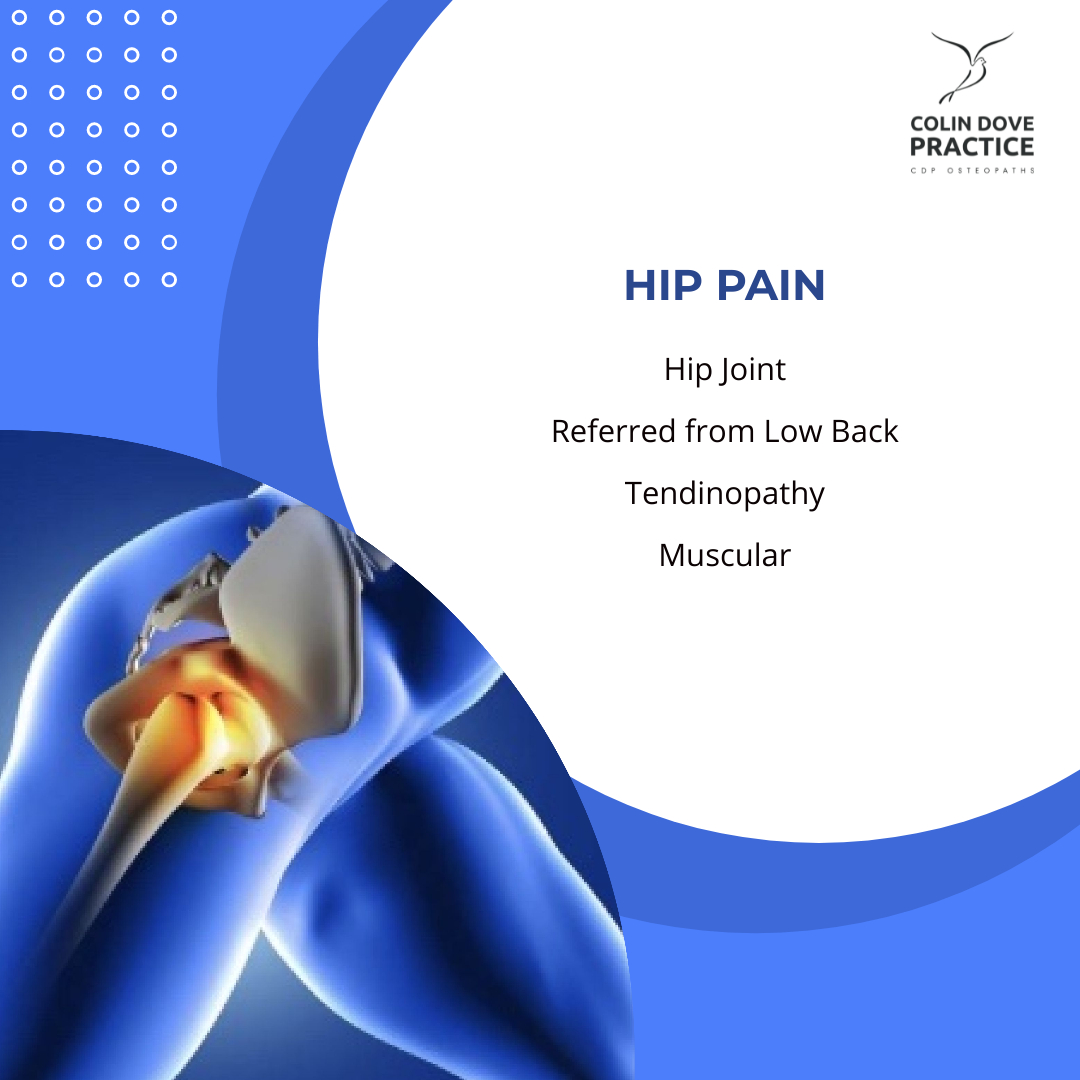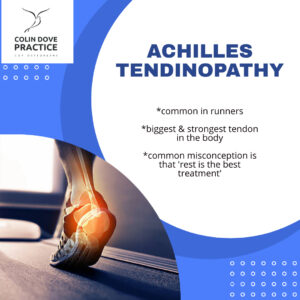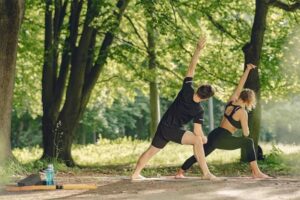The hip joint is the second largest joint in the lower limb after the knee and is a common cause of pain, especially as we get older.
There are some causes of hip pain in children, conditions such as Perthes’ , Slipped Epiphysis, Hip dysplasia, Synovitis, which we aren’t discussing here, but will at a later date.
The hip is a ball and socket joint, allowing for movement in multiple planes, formed between the head of the femur (ball) and the acetabulum (socket) which is part of the pelvic bone.
One common observation from years in practice is that, as you can see from the picture below, the hip joint is actually much lower than is often thought and pain that is described as hip pain is often anatomically from a higher landmark ,usually the crest of the pelvis.

Assessment
At the consultation, your osteopath will ask you questions to try to get an understanding behind the onset, history, character of the pain, possible predisposing, aggravating and relieving factors.
Examination
Gait assessment, balance, active and passive ranges of movement, strength testing form part of the examination, as well as neurological tests and examination of the lumbar spine if it is suspected that the pain may come from there.
Special tests to help guide the diagnosis may be performed such as Thomas’ test, FADDIR, FABER, Trendelenburgs, Hop test for stress # to name a few.
Causes of Hip pain In Adults
The most common causes are :
OA
Referred from L spine
Gluteal Tendinopathy
Trochanteric Bursitis
Groin pain from adductor muscles
Hernia
Stress Fracture
Treatment
In addition to manual assessment, X ray may be required if conditions such as severe OA, Stress fracture are suspected.
In the case of tendinopathy, then a treatment plan including loading exercises may be suggested. For more information, see our post on gluteal tendinopathy that will be out later this week.
Mobility exercises, strengthening exercises, pain management strategies are useful with OA and the osteopath will advise on a suitable program. Massage, traction, mobilisation may also be of some benefit in the treatment as well.
For more information please get in touch.




